In December, Samsung asked the United States Supreme Court to hear a final appeal in its ongoing patent battle with Apple, which would potentially nullify a $548 million settlement awarded to Apple. In a lengthy document filed with the court this afternoon (via Foss Patents), Apple urges the Supreme Court to deny Samsung's request, accusing the company of raising issues that do not "deserve review" in an effort to prolong court proceedings.

Samsung has claimed that the jury did not adequately understand the patents in question because members weren't provided with enough explanation by the court. The South Korean company has also suggested the case has wider implications that could encourage design patent trolls, an assertion Apple refers to as a "doomsday warning" based on "extreme hypotheticals."
Samsung's effort to make this case seem certworthy depends on a made-up narrative in which Samsung, not Apple, is the innovator, despite the overwhelming evidence that Samsung copied the iPhone's innovative design. [...]
Once Samsung's diversions are swept aside as they should be, the actual issues it presents do not deserve review. The decisions below broke no new legal ground; they simply applied the statute and well-settled law to the extraordinary record of infringement and copying in this case.
Apple goes on to say that Samsung has had its day in court and while the litigation is "high-profile," it is "legally unexceptional" and Samsung has not presented a legitimate reason as to why the court should prolong it.
While Apple doesn't feel Samsung's case is worth the Supreme Court's attention, Facebook, Google, and other technology companies have all urged the court to take on Samsung's appeal to overturn the ruling in Apple's favor. A major concern is the amount that Samsung was forced to pay for its design patent infringement -- nearly $400 million -- and the implication it has for similar disputes in the future.
Samsung has already paid the agreed upon $548 million settlement to Apple, but should the Supreme Court take on the case and rule in Samsung's favor, Apple would be required to pay back the money. Samsung's Supreme Court appeal was a last ditch effort, and should the Supreme Court refuse to hear the case, Samsung will not be able to recoup its money, putting an end to a patent battle that's been going on since 2012.


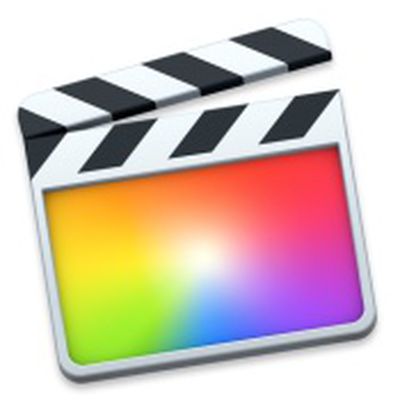 Apple today updated Final Cut Pro X, Compressor, and Motion, its software designed for professional video editors. Today's updates, the first
Apple today updated Final Cut Pro X, Compressor, and Motion, its software designed for professional video editors. Today's updates, the first 


 Following Apple's
Following Apple's 


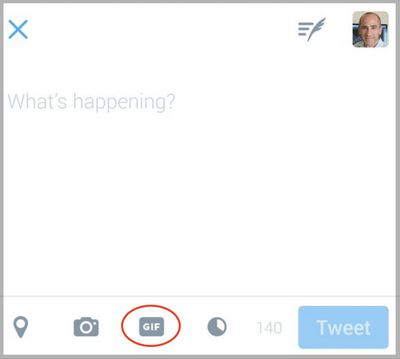
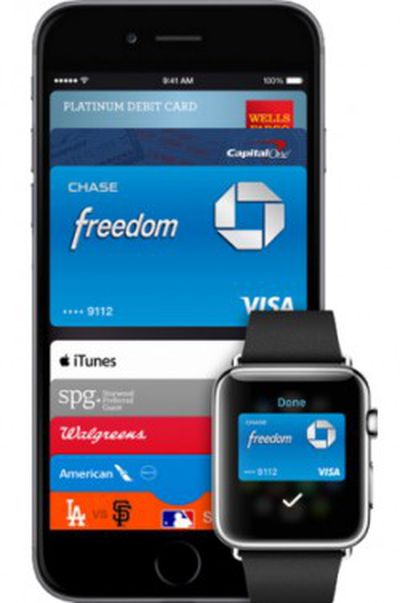 Apple Pay is now available at more than 2 million retail locations, with merchants such as Crate & Barrel, Chick-fil-A and Au Bon Pain set to accept the system in stores imminently, reports
Apple Pay is now available at more than 2 million retail locations, with merchants such as Crate & Barrel, Chick-fil-A and Au Bon Pain set to accept the system in stores imminently, reports 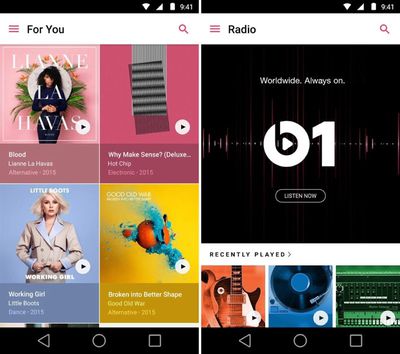


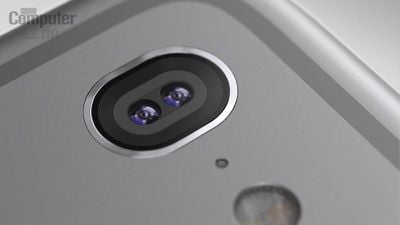
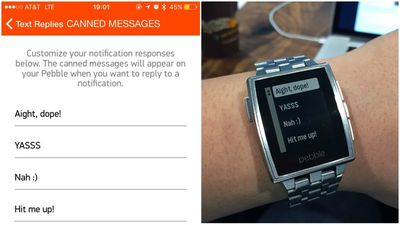
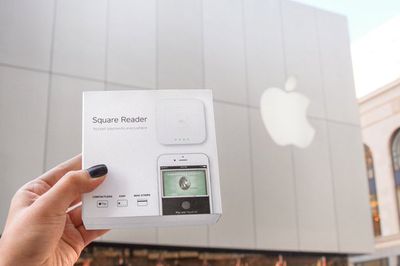
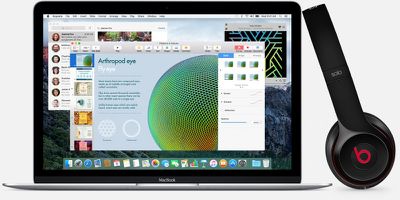
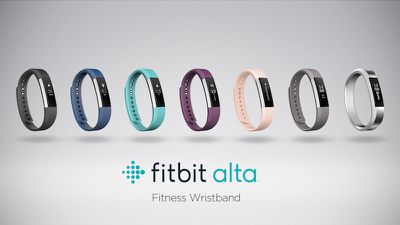

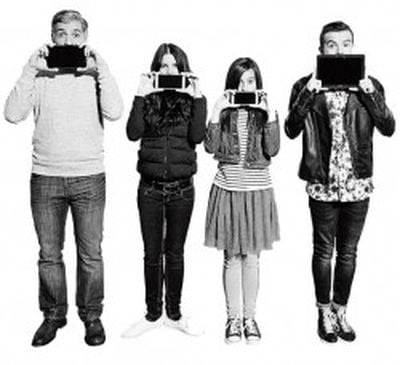 T-Mobile has
T-Mobile has 











